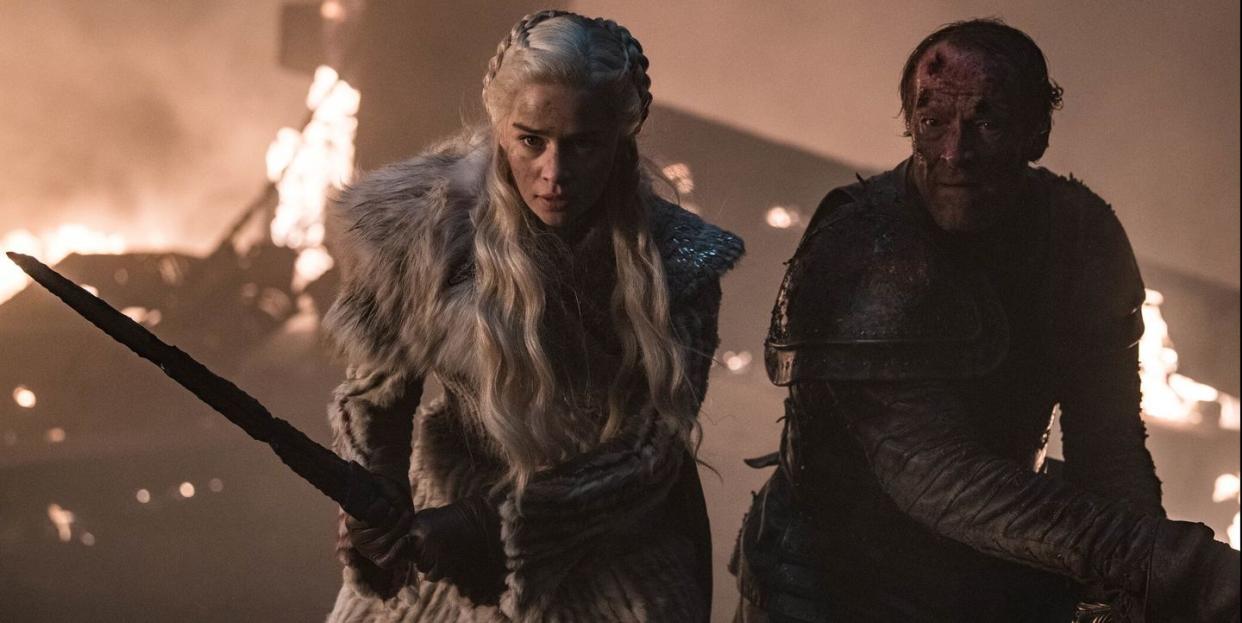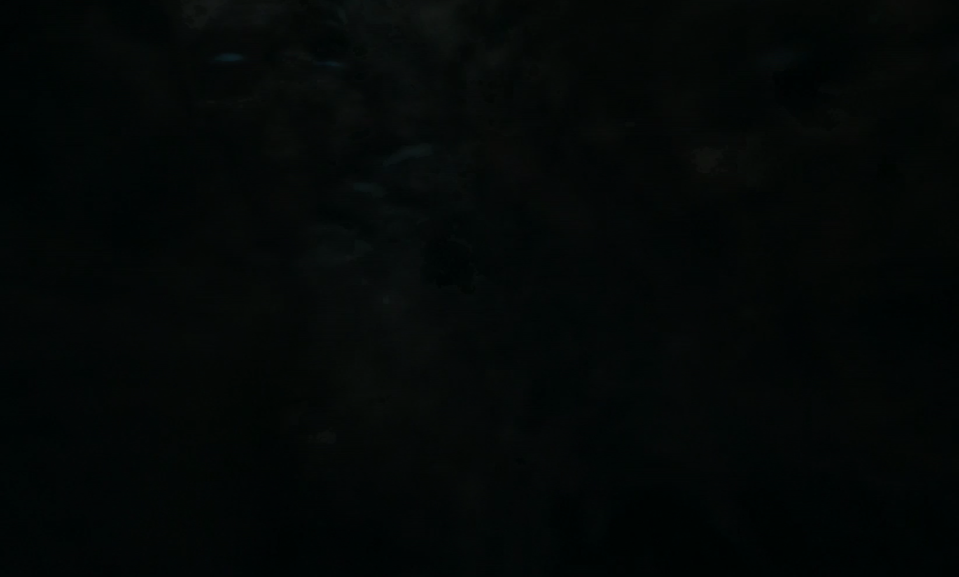Game of Thrones' Battle of Winterfell Was So Dark It's Tearing Fans Apart

Any major installment of Game of Thrones sparks controversy, and this week’s episode definitely inspired its fair share. Did an implausible number of heroes survive? After beating the literal embodiment of death, will facing off against Cersei feel anticlimactic? But there was one question that got so much discussion that even one of the creators of the episode had to chime in: Was the Battle of Winterfell too dark to see?
From the moment the episode aired, fans on social media complained that a good deal of the action was difficult to make out. And yes, scenes in which medieval armies faced off at night during a snowstorm were never going to be bright. But after months of hype over the episode, which contained the longest battle sequence ever committed to film and was the result of months of grueling night shoots, it was a bit disappointing to find that much of the episode looked like this.

Gizmodo editor Alex Cranz hypothesized that, as in the case of Solo: A Star Wars Story, a mismatch between the cutting edge, ultra high-definition tools big-budget productions use in their editing and coloring processes and the comparatively janky tech most viewers employ to watch TV rendered the episode difficult for some to see. That theory was pretty much confirmed by the episode’s cinematographer, who somewhat snootily laid the blame for any viewing difficulties on the show’s fans. "A lot of the problem is that a lot of people don’t know how to tune their TVs properly,” Fabian Wagner told Wired, "A lot of people also unfortunately watch it on small iPads, which in no way can do justice to a show like that anyway.”
Which, sure. Artists and creative types have been known to be strident in their vision and picky about the ways in which their art is disseminated. It just seems a bit rich for Game of Thrones to insist that we re-configure out LCDs and toss our iPads for this singular cinematic event, even as the show becomes more predictable, fan-servicey, and well, generally television-like by the season. Shouldn’t we be able to watch our heroes improbably survive a zombie horde without squinting? And the whole thing about zombies is that as far as monsters go, there’s not a whole lot of depth to them. Yes, they symbolize death, but what makes them interesting is the visuals-the infinite ways talented makeup artists and effects specialists can emulate the various stages of decay, the gnarly remnants of their first deaths. Why have a zombie fight if we’re not going to see all that?
Some fans have taken to brightening images and even entire sequences from the episode, giving viewers a glimpse of what the fight might have looked like if we’d been able to see it more clearly.
This is a brightened image from Sunday's Game of Thrones. I'll never understand why Benioff, Weiss, and Sapochnik insist on keeping it so dark pic.twitter.com/9fUXSSOrZu
- Alan Zilberman (@alanzilberman) April 30, 2019
But still others defended the episode, pointing out that it was, after all, titled “The Long Night,” and that the show’s characters would likely themselves have struggled to make out their surroundings. According to one Redditor, the darkness "completely added to the whole unknown, chaotic mess that the battle actually was. It made me feel helpless and, at times, utterly confused as a viewer and, in return, led me to sympathize with the Living and what they were up against that much more.”
And while it’s true that the darkness did create a realistic sense of confusion, realism isn’t really what most cinematic battle scenes are completely going for. Academy Award winning cinematographer Andrew Lesnie-who shot the Battle of Helm’s Deep in The Lord of the Rings: The Two Towers, which “The Long Night” director Miguel Sapochnik used as a reference for the episode-was once asked by Rings star Sean Astin where the light was coming from in a scene that took place in the dark. The acclaimed cinematographer replied, “Same place as the music."
('You Might Also Like',)

